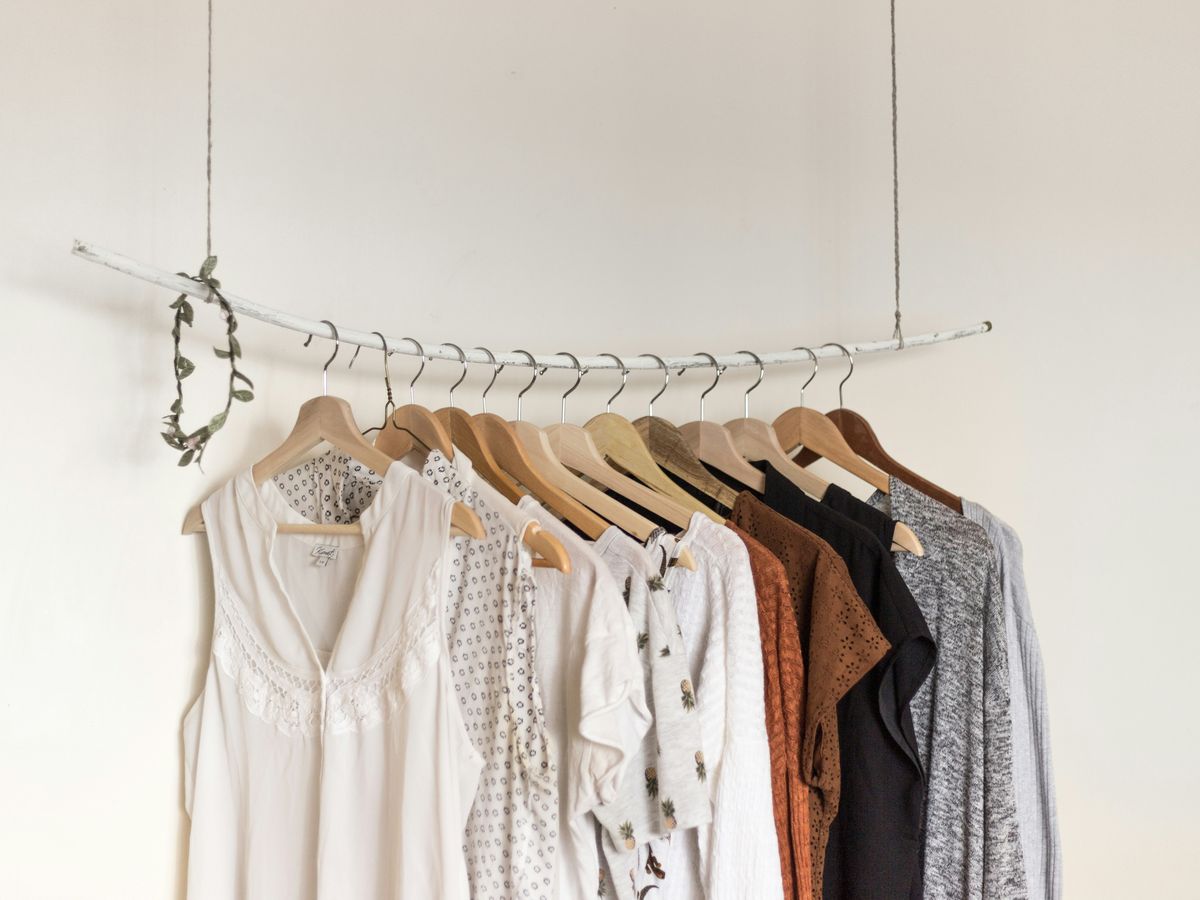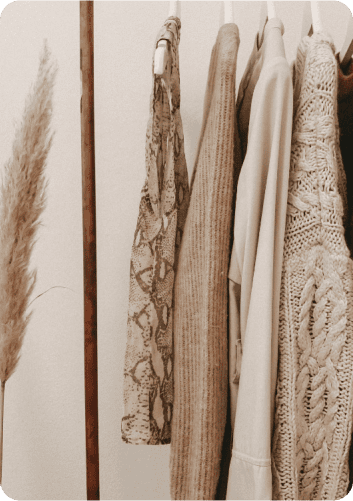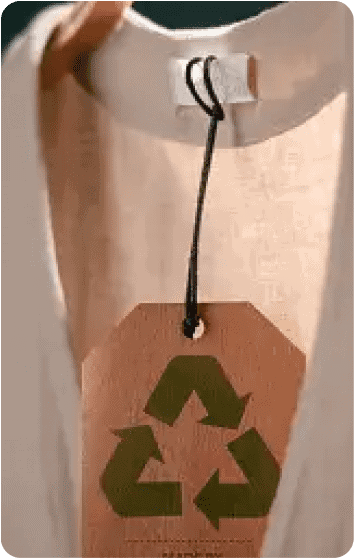Luxury, softness, and warmth define cashmere, a coveted name in the world of fashion. However, beneath the comfort lies a narrative of environmental implications and production realities. This article seeks to answer the question, what is cashmere made of, and how can its production align with the principles of sustainability and slow fashion?

Understanding Cashmere: Its Origin and Production
To answer the question ’What is Cashmere made of?’ we need to first understand its origins. Hailing from the Himalayan regions, cashmere originates from the eponymous Cashmere goat. This breed, found primarily in Mongolia, China, India, and Iran, endures bitterly cold winters, during which a fine, warm under-fleece grows beneath its coarse outer layer. As spring unfolds, farmers carefully comb out this under-fleece, preserving it to be spun into the luxurious cashmere fiber.
The entire process, from goat to garment, is intricate and labor-intensive, adding to the fabric’s exclusivity. However, the production method also involves substantial environmental costs that are often overlooked.
The Environmental Impact of Cashmere Production

The production of cashmere brings significant environmental challenges. Expansive grazing lands are needed for these goats, leading to overgrazing that exacerbates soil degradation and desertification. This puts immense pressure on fragile ecosystems and threatens biodiversity.
Furthermore, transforming raw cashmere into a wearable product requires hefty amounts of water and energy, leading to considerable waste and water pollution. The chemicals used in the dying and finishing process often end up in local water systems, contributing to the overall pollution levels.
Ironically, climate change, exacerbated by such environmental degradation, also poses a threat to cashmere production. With winters becoming harsher and summers hotter, the natural habitats and survival of cashmere goats are under threat.
Ethical Sourcing and Animal Welfare in Cashmere Production
The environmental footprint isn’t the sole concern of cashmere production. The industry has faced criticism over animal welfare standards. Ethical sourcing, therefore, plays a pivotal role in the cashmere narrative.
A truly sustainable cashmere production process should ensure fair treatment of these goats, safeguarding them from harm and distress. Furthermore, it’s equally essential to provide fair wages and good working conditions for the workers involved in its production, embodying a holistic view of ethical fashion.
Navigating Through the Cashmere Market

In order to navigate through the cashmere market responsibly, consumers can adopt a few strategies that ensure they’re purchasing ethically-sourced cashmere or its sustainable alternatives. Look for Fair Trade Certified and Global Organic Textile Standard (GOTS) labels. These labels indicate the product has been produced adhering to strict social, environmental, and economic standards. Moreover, certifications like Responsible Wool Standard (RWS) or Animal Welfare Approved (AWA) standards ensure the humane treatment of animals. Some brands also offer products made from recycled cashmere, further reducing the environmental footprint. Always look out for the brands’ own sustainability commitment mentioned on their website or product tags.
Sustainable Cashmere: Is It Possible?
Facing these concerns, is sustainable cashmere a realistic pursuit? Fortunately, there are pioneers making strides in this area. Brands like Naadam, N.Peal, and Everlane are demonstrating that sustainable and ethical cashmere production is achievable. They’re embracing transparency in their supply chains, promoting better grazing practices, and investing in cleaner, more energy-efficient production methods.
For instance, Naadam sources its cashmere directly from Mongolian herders who raise their goats on sustainable grasslands, thus preventing overgrazing. Everlane’s “ReCashmere” line utilizes recycled cashmere, thereby significantly reducing its environmental impact. N.Peal prioritizes traceability, demonstrating transparency by allowing consumers to trace the cashmere’s journey from goat to garment.
Yet, for these practices to become mainstream, consumer awareness, and choices play a significant role. It means choosing quality over quantity, acknowledging that the true price of fashion extends far beyond the tag, and involves considering the environmental and ethical costs.
Sustainable Alternatives to Cashmere

For those seeking a more eco-friendly wardrobe, various alternatives offer the luxurious feel of cashmere without its environmental and ethical implications.
Bamboo, for instance, grows quickly and requires no pesticides, making it a sustainable choice. When processed correctly, bamboo can be made into a soft, breathable fabric that rivals cashmere’s comfort.
Another notable option is alpaca wool, sourced from the Alpaca animal. This alternative not only provides a similar softness to cashmere but also boasts a lower environmental impact due to the animal’s gentle grazing habits.
For vegan consumers, materials such as Tencel, derived from sustainably sourced wood pulp, provide a plant-based alternative. This material is biodegradable and requires less energy and water than many other fabrics.
In the realm of innovation, lab-grown materials, and plant-based cashmere are paving the way for a more sustainable fashion industry. These pioneering efforts reflect the possibility of luxury and sustainability coexisting.
Conclusion
Cashmere tells a complex story, interweaving luxury, comfort, environmental impact, and ethical considerations. As consumers, unraveling this narrative helps us make more informed decisions about our wardrobes. Whether it’s choosing more sustainable options, supporting ethical brands, or even rethinking our consumption habits, we can play an essential role in shaping a future where fashion coexists with sustainability. Remember, sustainability, unlike fashion trends, never goes out of style.
Ready to dive deeper into the world of sustainable fabrics and brands? Explore our fashion and lifestyle blogs now for more insightful content and discover how you can make a positive impact on the planet through conscious choices. Click here to start your sustainable style journey!









